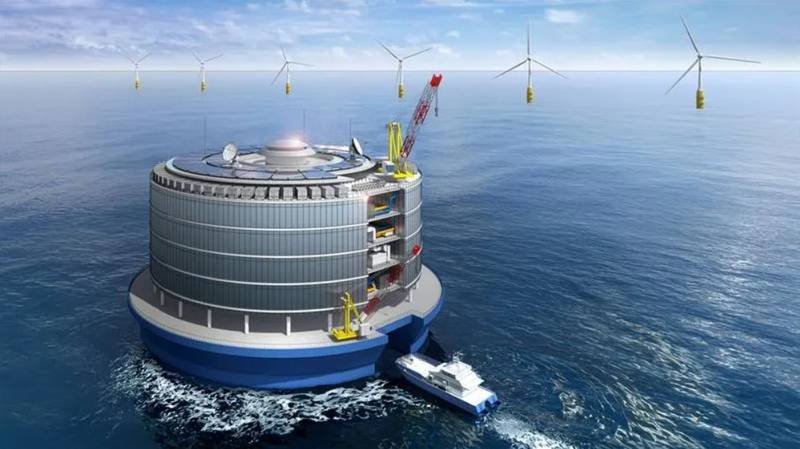NYK Line, NTT FACIITIES, Eurus Energy Holdings Corporation, MUFG Bank, and the city of Yokohama have collaborated on a memorandum of understanding for a groundbreaking offshore green data center project. This initiative involves the installation of a mini-float as a disaster countermeasure off Osanbashi Pier in Yokohama City. The partners aim to test a floating data center powered entirely by renewable energy from solar power and battery storage systems. The project is set to commence in autumn 2025 and will assess the center’s operational stability and resistance to salt damage in an offshore environment.
The demonstration project will feature a container-type data center, solar power generation equipment, and battery storage systems on the mini-float. The partners plan to explore further developments in Yokohama port’s waterfront and sea areas based on the project’s outcomes. The ultimate goal is to operate the data center on 100% renewable energy, emitting no greenhouse gases during operation. This innovative approach is expected to set new standards for future data centers and contribute significantly to achieving a carbon-neutral society.
The offshore floating green data center concept presents opportunities for efficient utilization of offshore wind power, a promising renewable energy source. By situating these data centers near offshore wind farms, the project aims to maximize electricity generation without relying on onshore power grids. Additionally, this approach could address challenges associated with onshore data center construction, such as land availability and construction lead times. Through leveraging renewable energy and Japan’s maritime domain, the project seeks to support environmental preservation and enhance digital infrastructure growth.


















